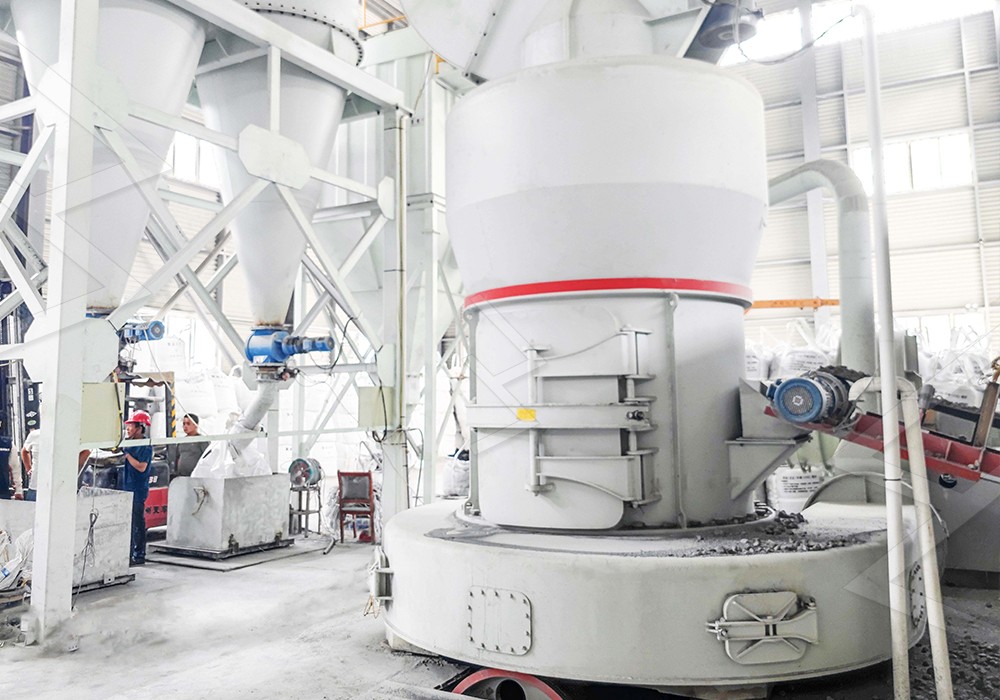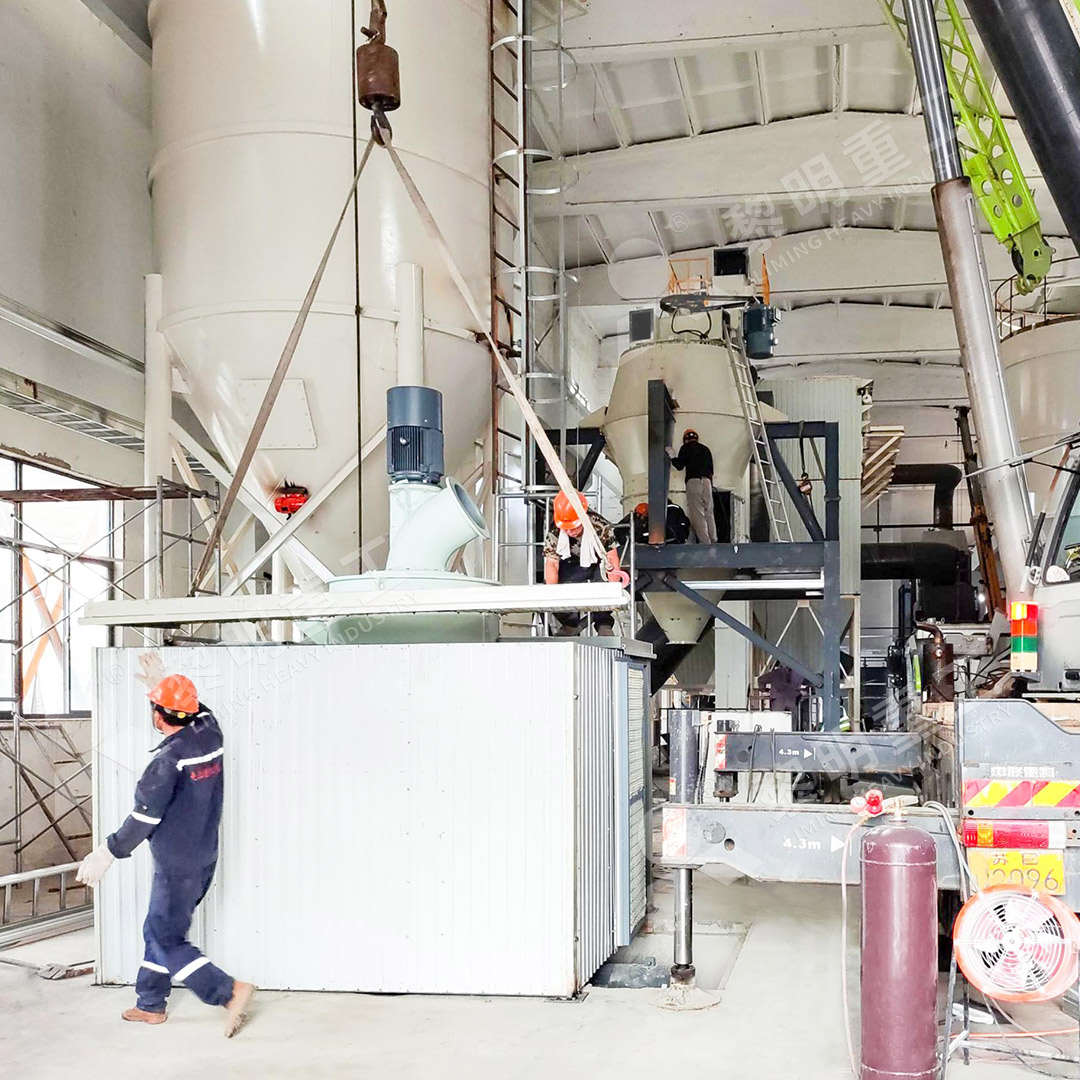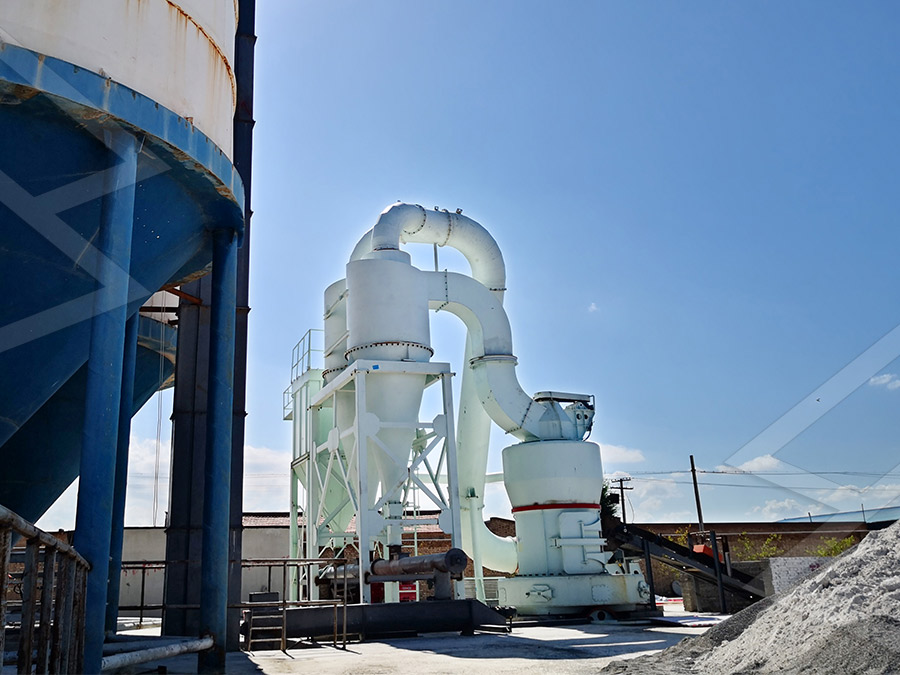500 Mesh Quartz Sand Grinding Mill: Price and Technical Specifications
Navigating the World of Quartz Sand Grinding
Quartz sand, a fundamental material across numerous industries, demands precise processing to achieve the optimal 500-mesh fineness required for high-value applications. This specific particle size, equivalent to approximately 25 microns, is critical for enhancing performance in sectors like glass manufacturing, ceramics, foundry work, and filtration systems. Selecting the right grinding mill is not merely a purchase; it’s a strategic investment in product quality and operational efficiency.

Key Considerations for 500 Mesh Quartz Production
Producing consistent 500-mesh quartz powder presents unique challenges. The abrasive nature of quartz demands robust, wear-resistant machinery, while the target fineness requires advanced classification technology. Energy consumption becomes a significant operational cost factor, and environmental compliance regarding dust and noise is non-negotiable. A mill that balances grinding efficiency with precise particle separation is paramount for profitability.
Advanced Mill Technology for Superior Results
While several mill types can handle quartz, modern vertical grinding mills have emerged as the superior choice for fine and ultra-fine applications. Their design integrates multiple processes—drying, grinding, classifying, and conveying—into a single, compact unit. This integration not only saves floor space but also reduces energy loss between stages, leading to significantly lower operational costs compared to traditional ball mills or Raymond mills.
Recommended Solution: MW Ultrafine Grinding Mill
For producers targeting the 500-mesh quartz sand market, our MW Ultrafine Grinding Mill stands out as an engineered solution. Designed specifically for customers requiring ultra-fine powder, this machine excels in efficiency and environmental performance.
- Input Size: 0-20 mm
- Capacity: 0.5-25 tph
- Adjustable Fineness: 325-2500 mesh, perfectly encompassing the 500-mesh target.
The MW Series achieves higher yield with lower energy consumption. Its newly designed grinding curves enhance efficiency, offering a production capacity up to 40% higher than jet mills and double that of ball mills, while reducing system energy use by 30%. A key maintenance advantage is the absence of rolling bearings and screws in the grinding chamber, eliminating common failure points and enabling external lubrication without shutdown for continuous 24/7 operation.

An Alternative for High-Volume Operations
For operations with slightly different parameters, the LUM Ultrafine Vertical Grinding Mill presents another compelling option. With an input size of 0-10 mm and a capacity range of 5-18 tph, it integrates the latest grinding roller and powder separating technology. Its unique roller shell design promotes stable material layer formation, ensuring a high rate of finished product in a single pass, which improves both efficiency and the whiteness of the final quartz powder.
Understanding the Investment
The price of a 500 mesh quartz sand grinding mill is not a single figure but a range influenced by capacity, system configuration, and the level of automation. Generally, systems capable of producing 1-5 tons per hour can represent a significant but justifiable capital expense. It is crucial to view this through the lens of Total Cost of Ownership (TCO). A higher initial investment in an energy-efficient and low-maintenance mill, like the MW Series, often leads to substantially lower operating costs, yielding a faster return on investment through reduced power bills and minimal downtime.

Frequently Asked Questions (FAQ)
What is the primary advantage of the MW Mill for grinding abrasive quartz?
The MW Mill’s chamber has no rolling bearings or screws, protecting these components from abrasive wear and preventing machine damage from loose fasteners. This design drastically reduces maintenance costs and unplanned downtime.
Can the fineness be easily adjusted if I need a different mesh size?
Yes. Both the MW and LUM mills feature advanced, multi-head cage-type powder selectors. The product fineness can be precisely adjusted between 325-2500 meshes, offering great flexibility to meet changing market demands.
How does the MW Mill address environmental concerns like dust?
The MW Ultrafine Grinding Mill is equipped with an efficient pulse dust collector and a muffler. This ensures the entire milling system operates without dust pollution and with reduced noise, fully complying with national environmental protection standards.
What is the typical lead time for such equipment?
Lead times vary based on model and customization but generally range from 30 to 90 days after order confirmation. We recommend consulting directly with our sales team for an accurate timeline for your specific project.
